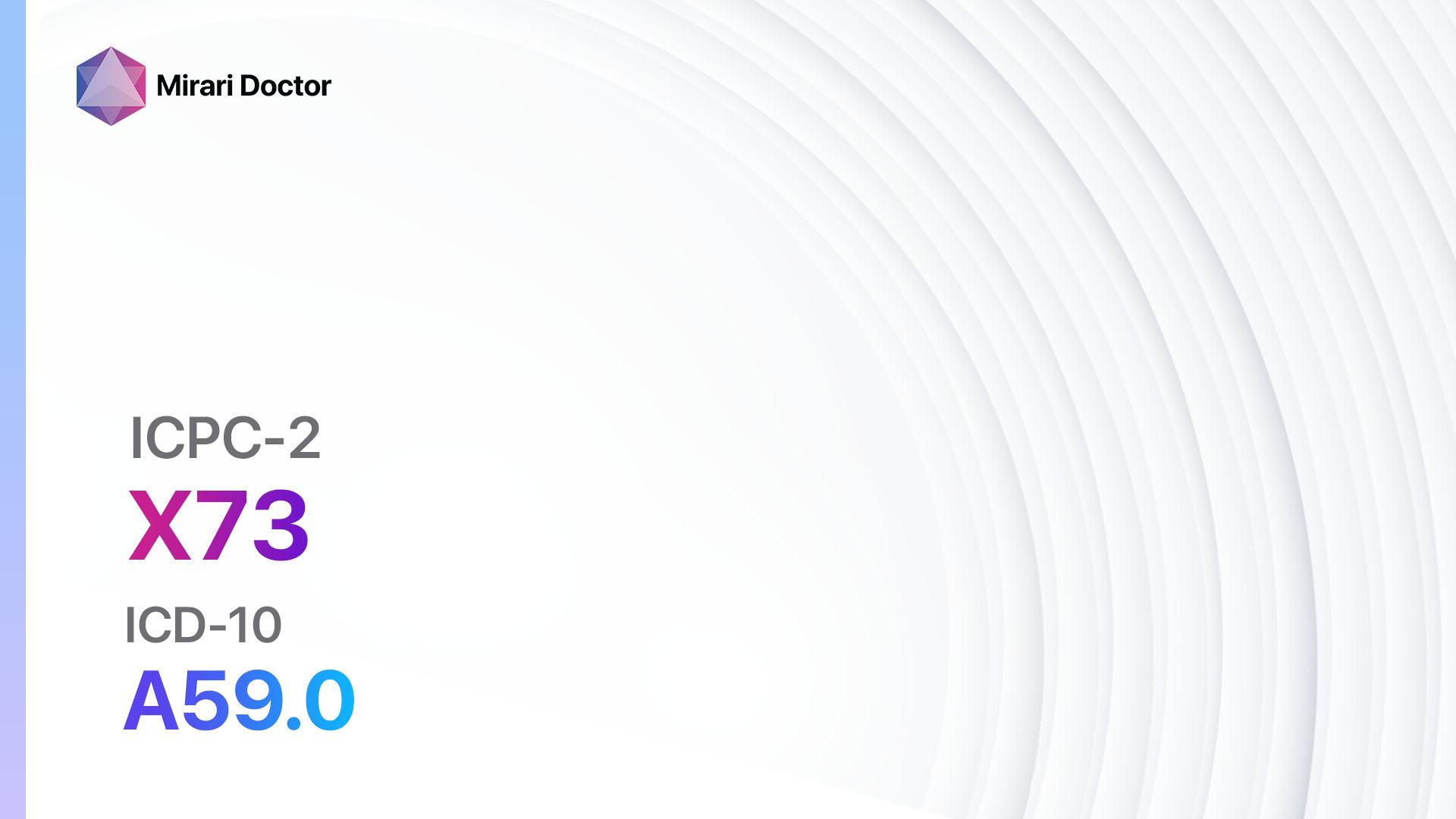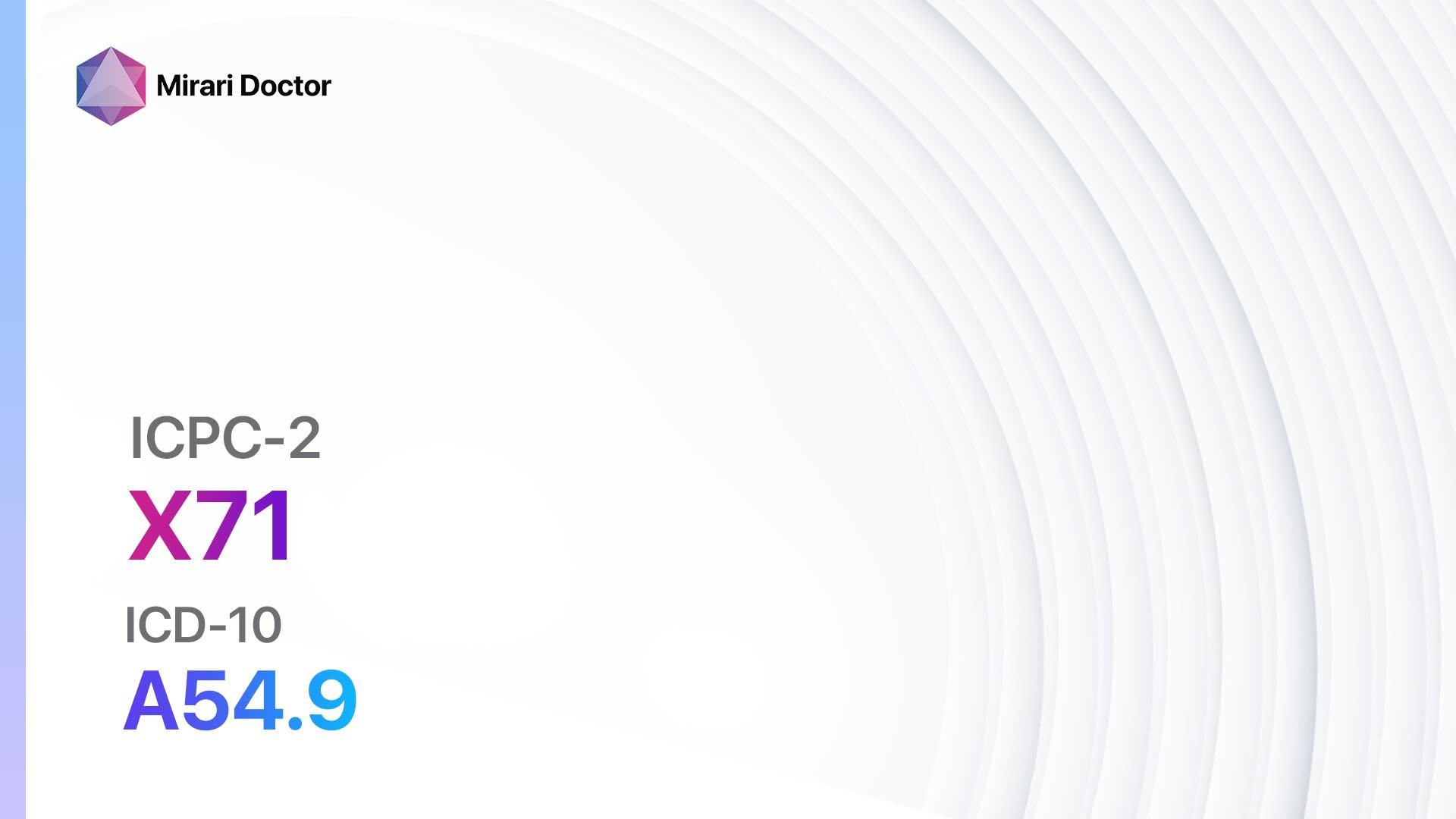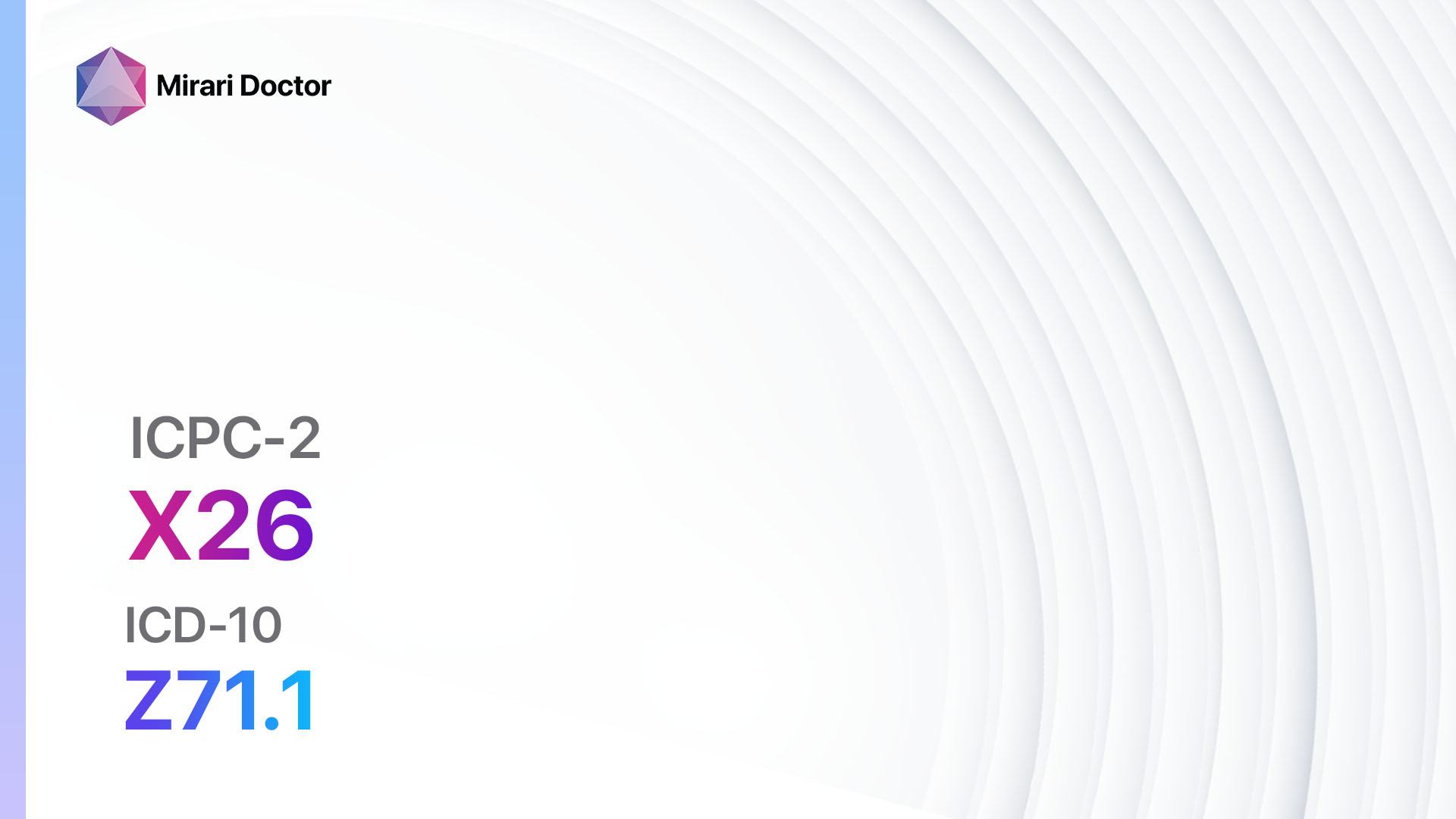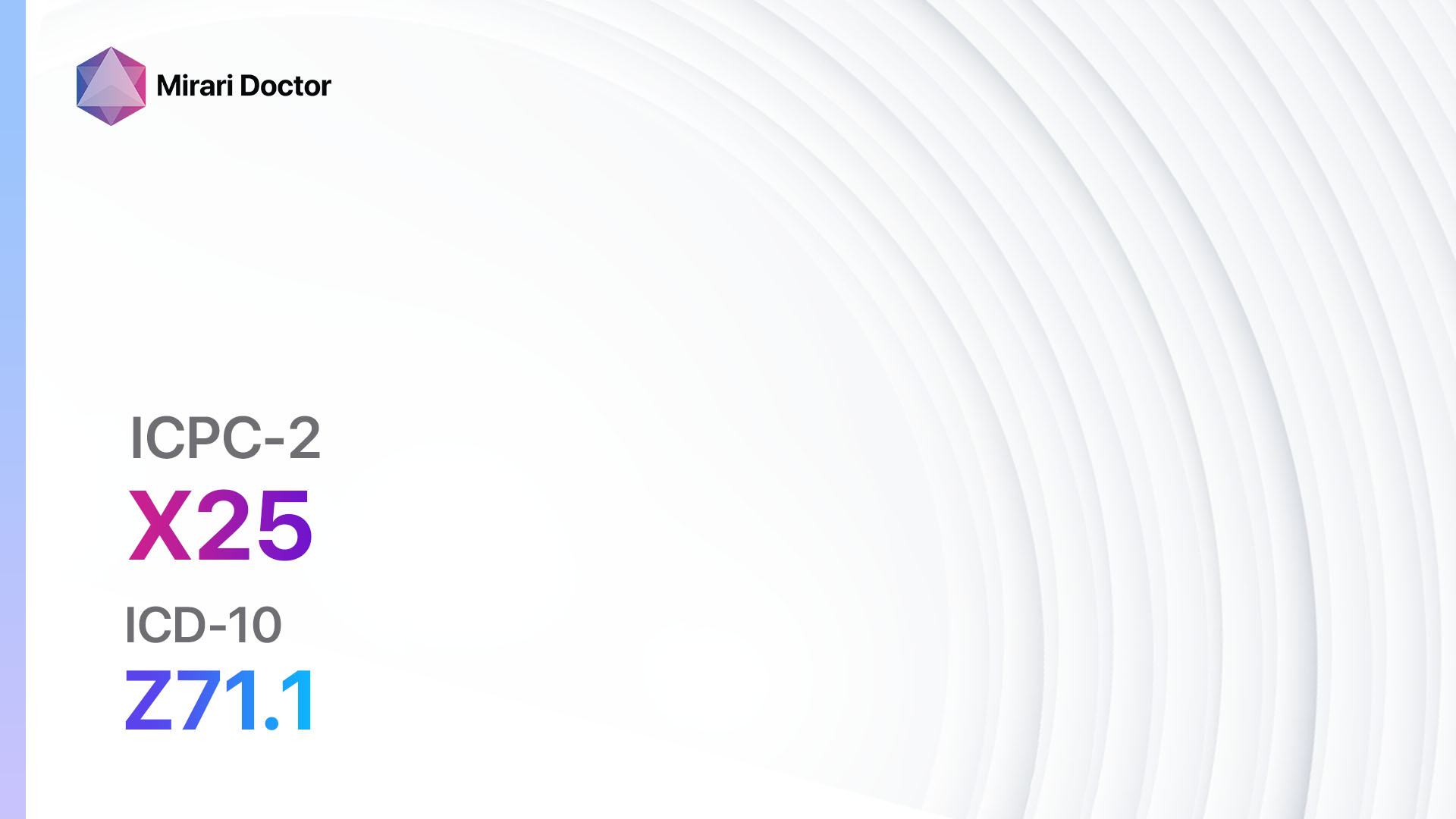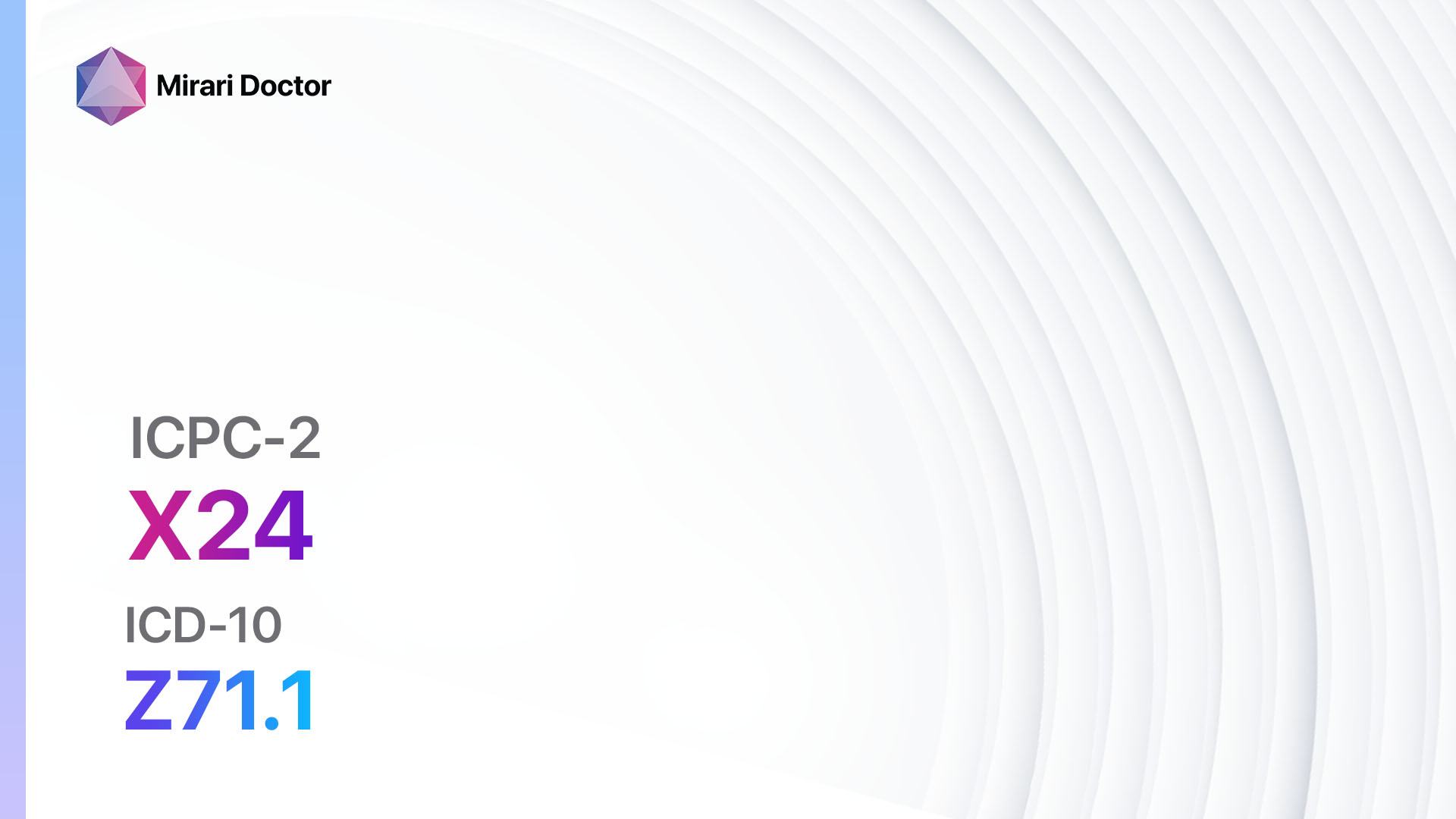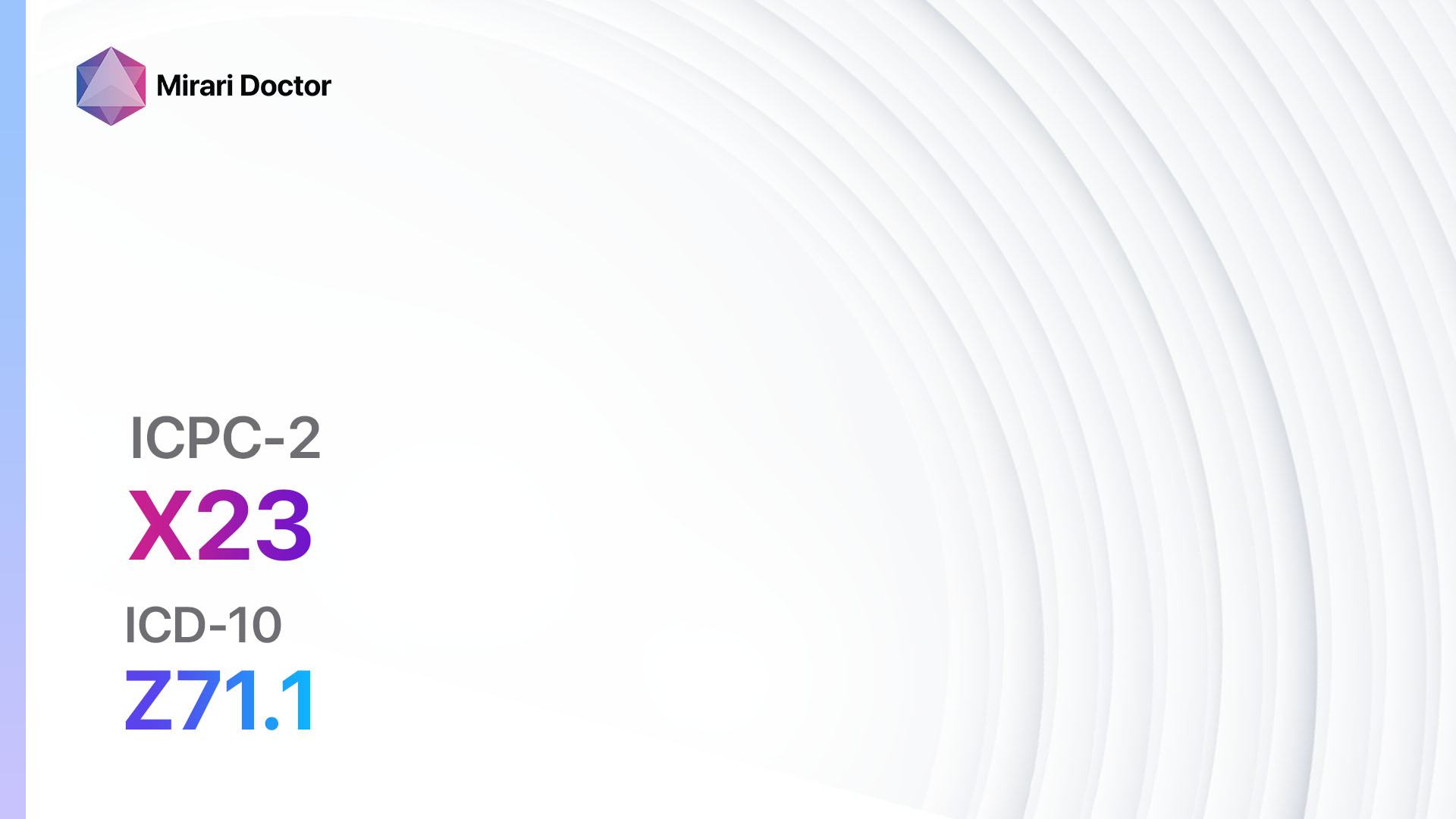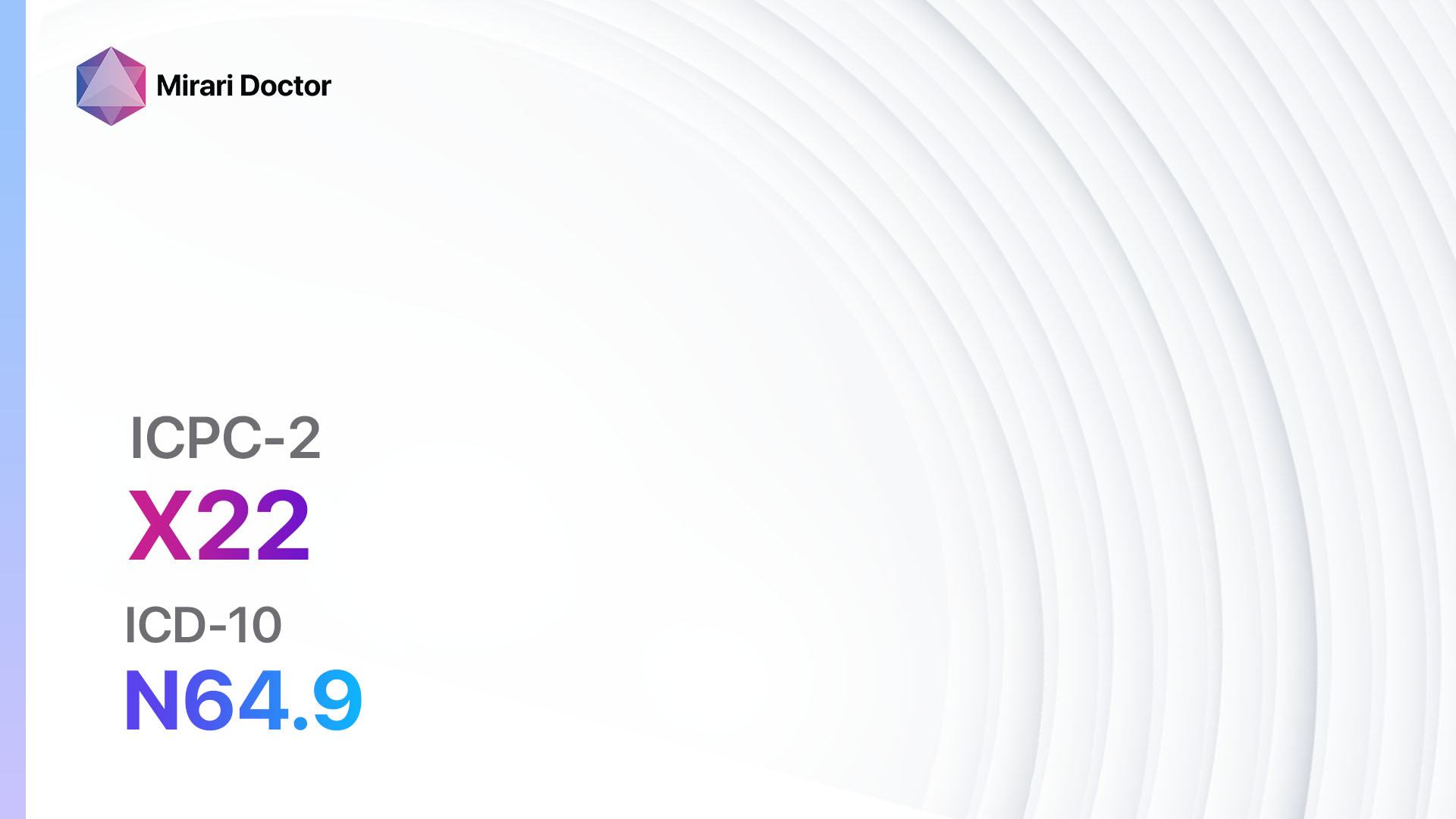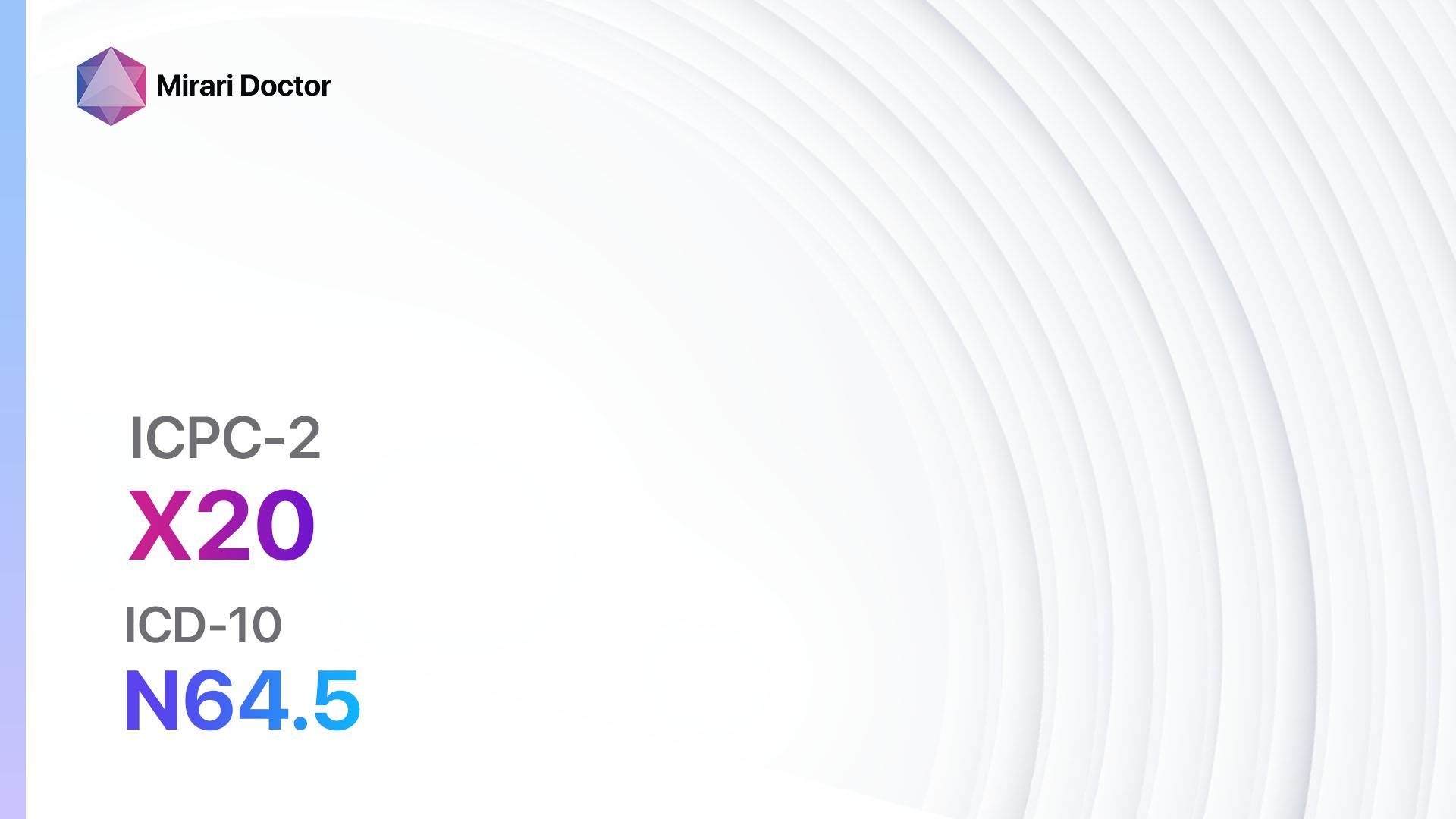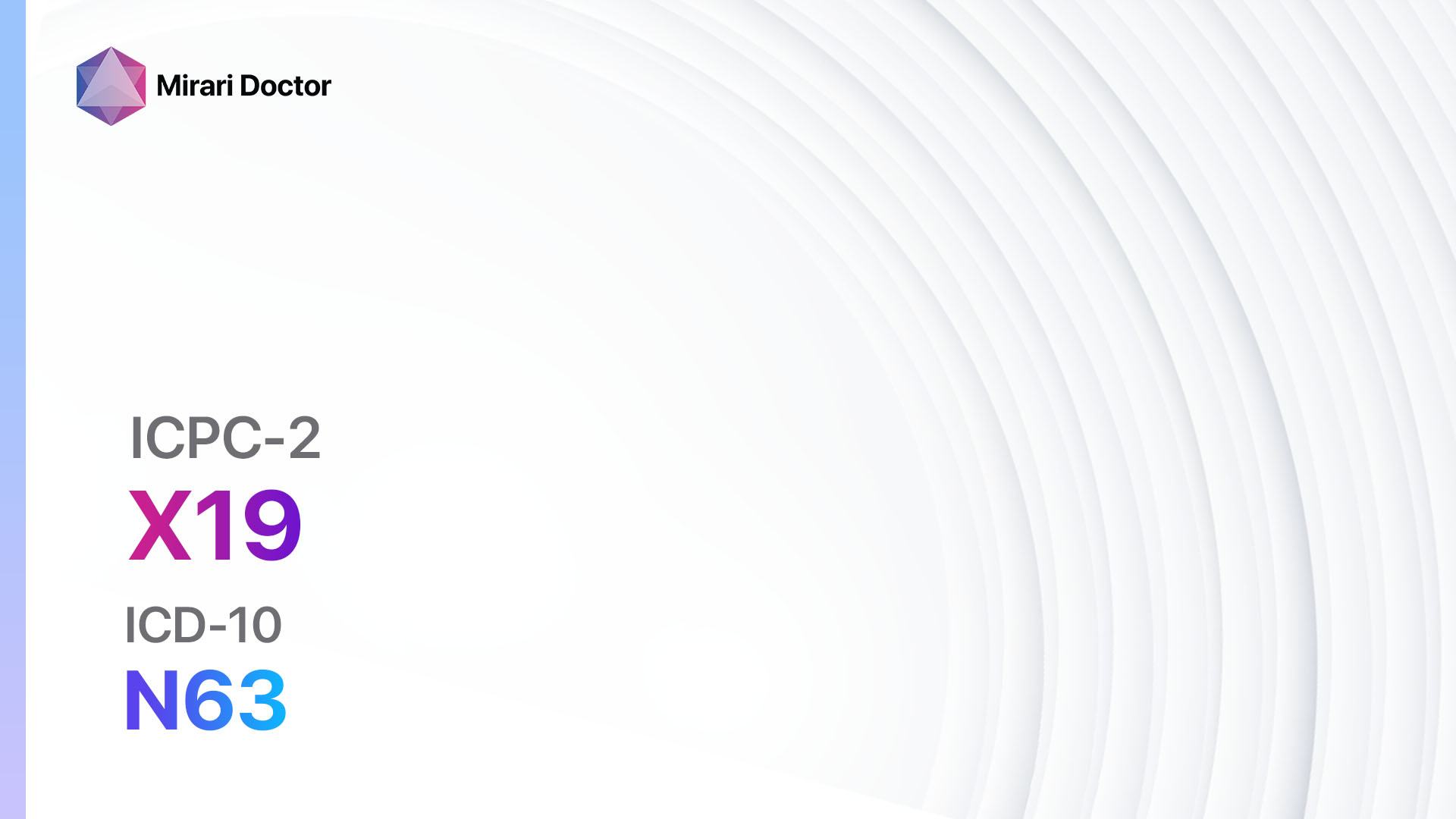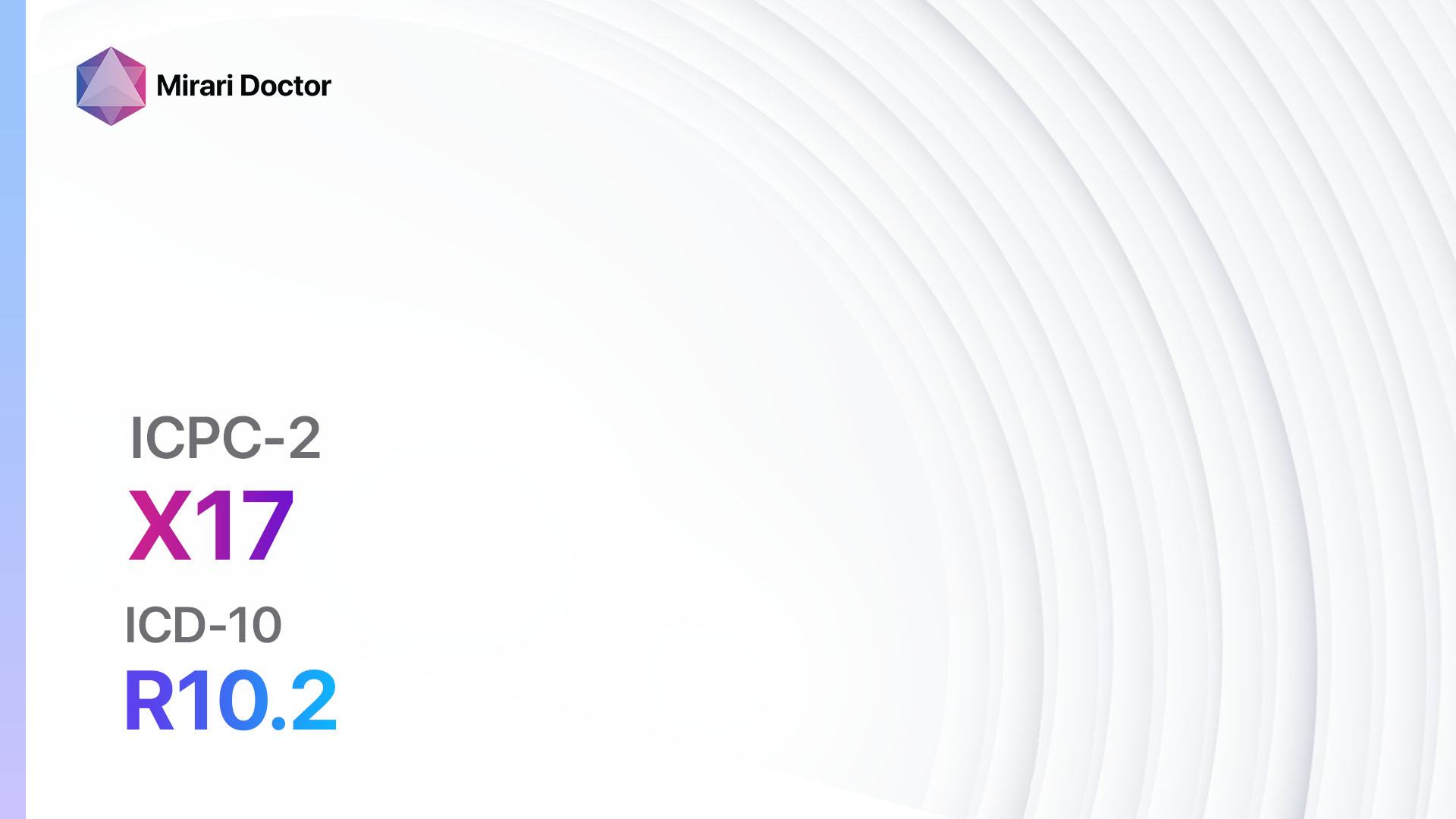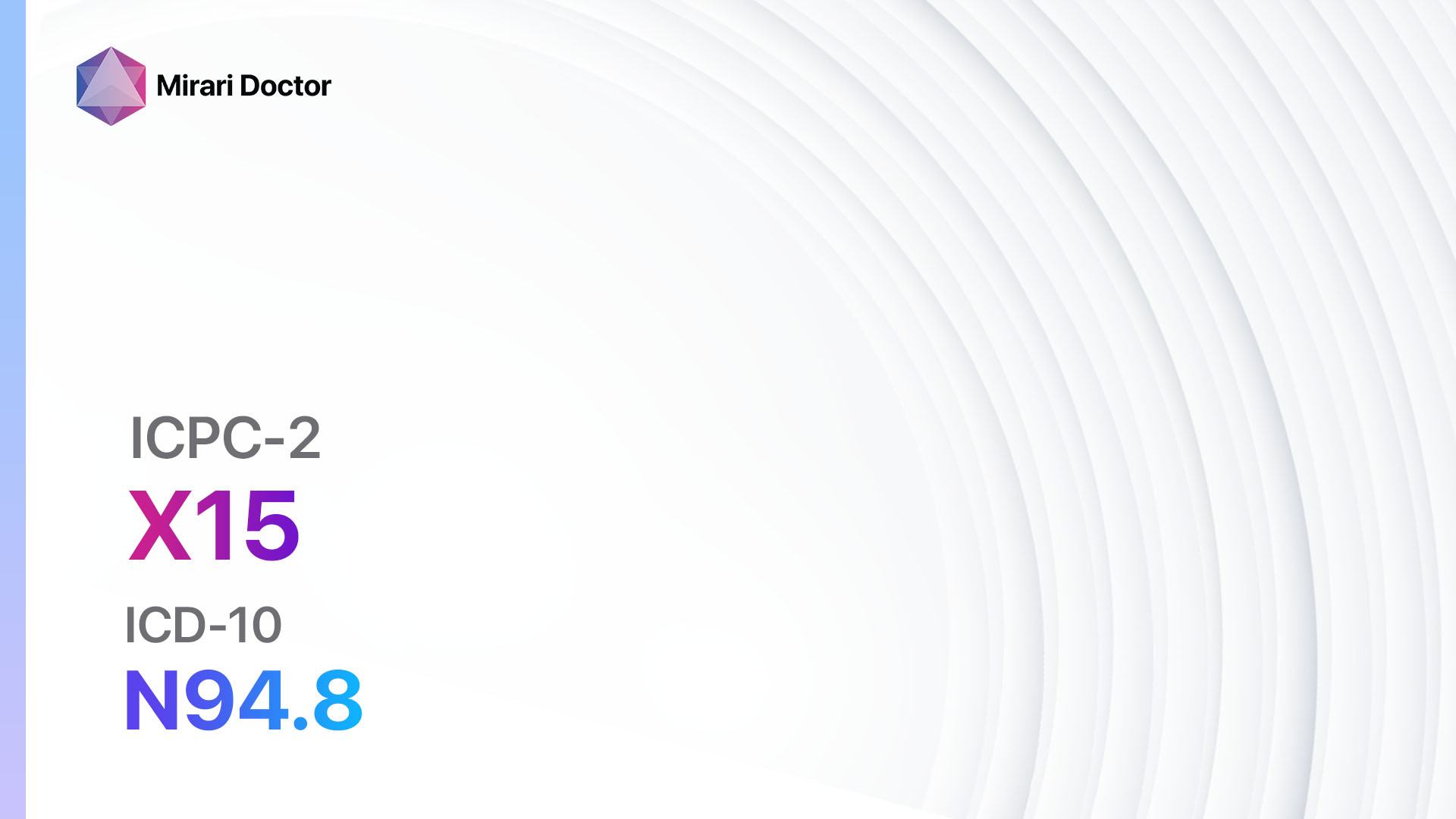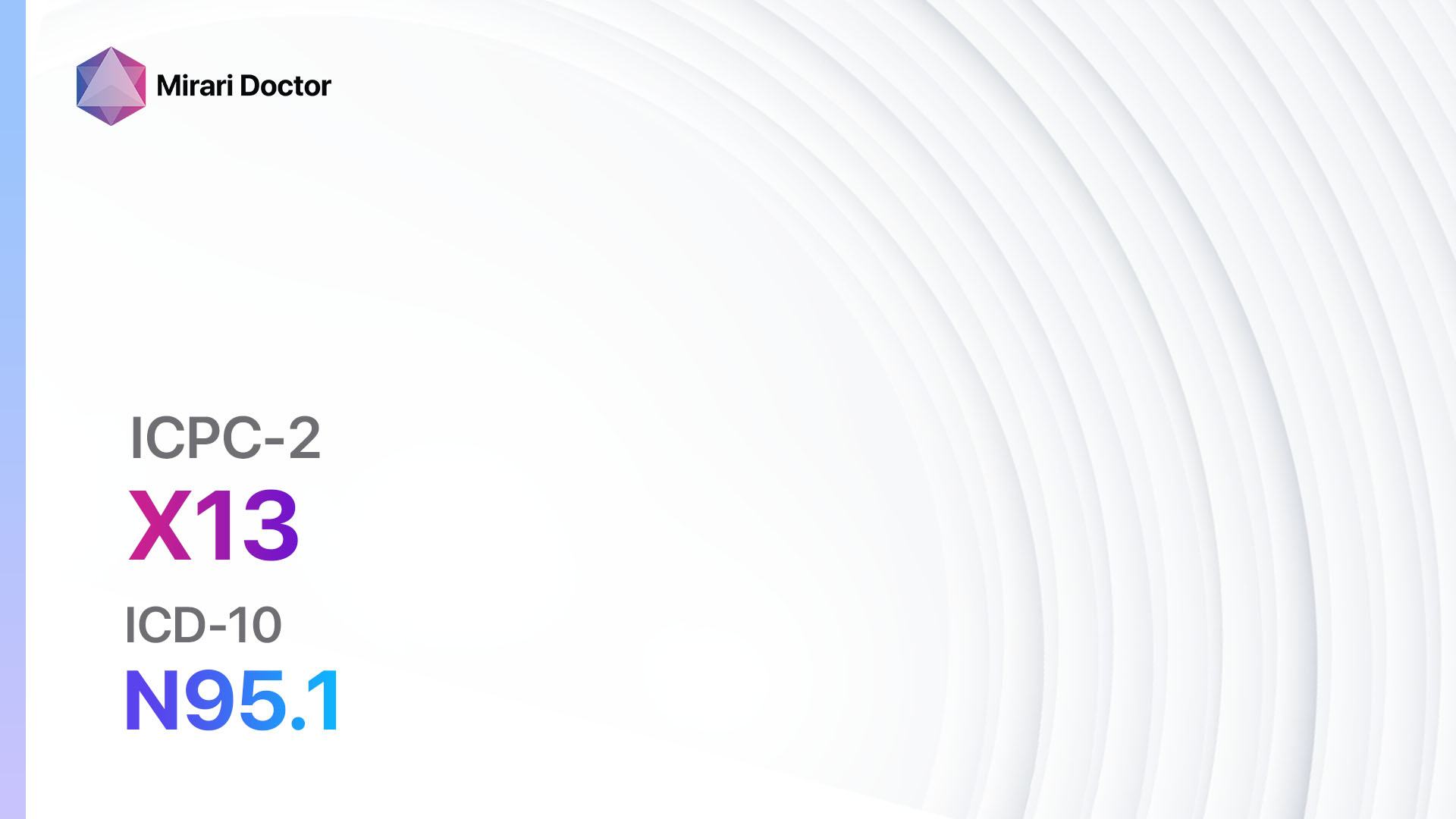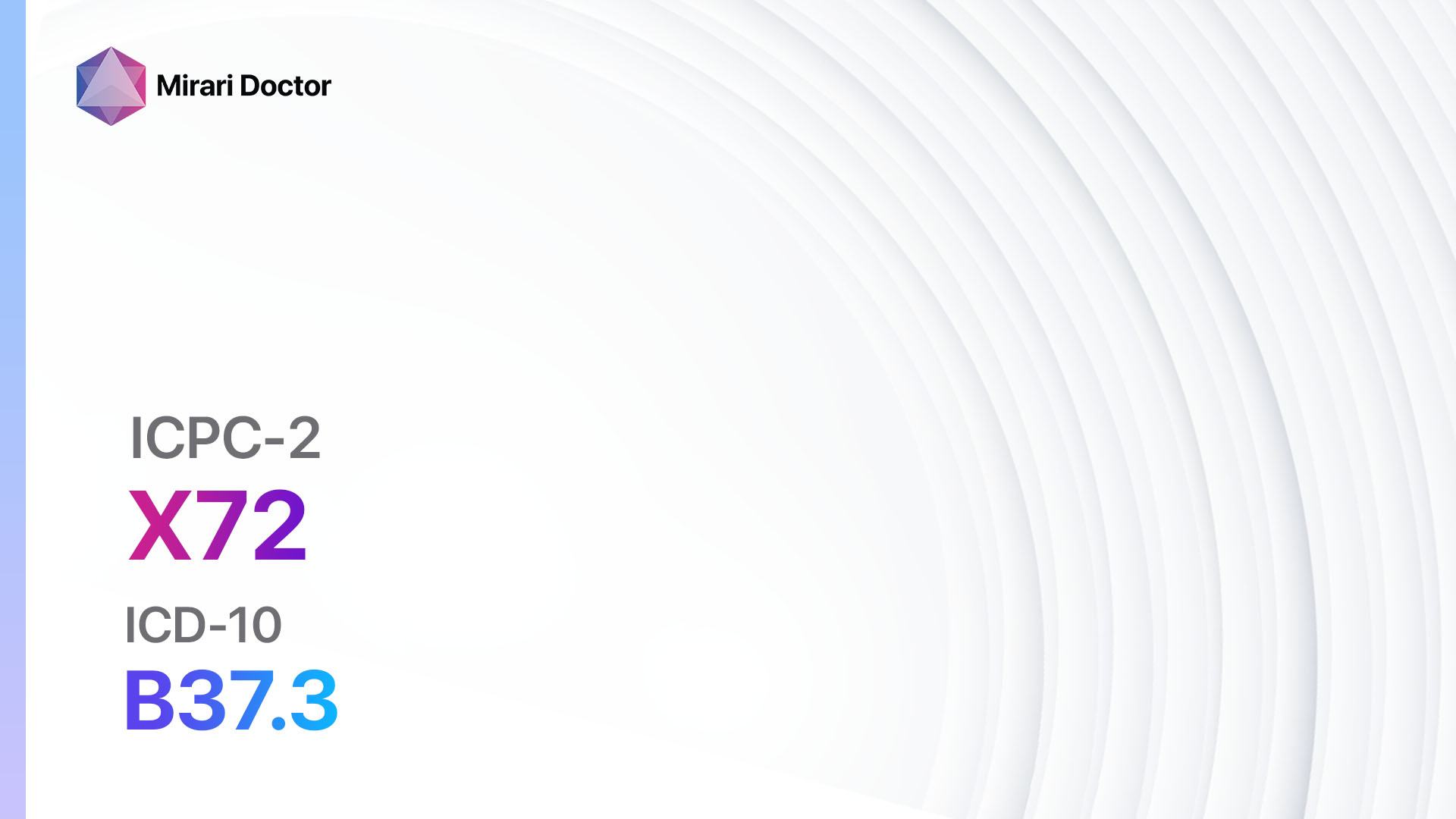
Introduction
Genital candidiasis, also known as vaginal yeast infection, is a common condition caused by the overgrowth of Candida fungus in the vagina[1]. It can cause discomfort and itching, and if left untreated, it may lead to complications[2]. The aim of this guide is to provide a comprehensive overview of the diagnosis and management of genital candidiasis in females.
Codes
Symptoms
- Itching and irritation in the vagina and vulva[5]
- Redness and swelling of the vulva[6]
- Thick, white, odorless vaginal discharge[7]
- Burning sensation during urination or intercourse[8]
Causes
- Overgrowth of Candida fungus, usually Candida albicans, in the vagina[9]
- Imbalance in the vaginal microbiota, such as a decrease in lactobacilli[10]
- Weakened immune system
- Hormonal changes, such as during pregnancy or the menstrual cycle
- Use of antibiotics or corticosteroids Uncontrolled diabetes
Diagnostic Steps
Medical History
- Gather information about the patient’s symptoms, including the duration and severity
- Ask about any previous episodes of vaginal yeast infections
- Inquire about any recent antibiotic or corticosteroid use
- Assess the patient’s medical history, including diabetes or immune system disorders
- Determine if the patient is pregnant or experiencing hormonal changes
Physical Examination
- Inspect the vulva and vagina for redness, swelling, or discharge
- Perform a pelvic examination to assess the vaginal walls and cervix
- Collect a sample of vaginal discharge for further testing, if necessary
Laboratory Tests
- Microscopic examination of vaginal discharge: Presence of yeast cells and hyphae
- Vaginal pH test: Elevated pH (>4.5) may indicate a yeast infection
- Vaginal culture: To identify the specific Candida species causing the infection
- PCR testing: To detect the presence of Candida DNA in the vaginal discharge
Diagnostic Imaging
- Diagnostic imaging is not typically necessary for the diagnosis of genital candidiasis.
Other Tests
- Blood glucose test: To screen for diabetes, especially in recurrent or severe cases
- HIV test: If there are risk factors or suspicion of immunosuppression
Follow-up and Patient Education
- Schedule a follow-up visit to assess the response to treatment and ensure resolution of symptoms
- Educate the patient about the importance of maintaining good genital hygiene
- Advise the patient to avoid douching, as it can disrupt the vaginal microbiota
- Discuss the use of barrier methods during sexual intercourse to prevent reinfection
- Provide information on the signs and symptoms of recurrent infections and when to seek medical attention
Possible Interventions
Traditional Interventions
Medications:
Top 5 drugs for Genital candidiasis:
- Fluconazole (Diflucan):
- Cost: $10-$30 for a single dose.
- Contraindications: Hypersensitivity to fluconazole or other azole antifungals.
- Side effects: Nausea, headache, abdominal pain.
- Severe side effects: Severe skin reactions, liver toxicity.
- Drug interactions: Warfarin, certain benzodiazepines.
- Warning: Use caution in patients with liver or kidney disease.
- Clotrimazole (Gyne-Lotrimin, Mycelex):
- Cost: $10-$20 for a 7-day treatment.
- Contraindications: Hypersensitivity to clotrimazole or other azole antifungals.
- Side effects: Local irritation, burning, itching.
- Severe side effects: Allergic reactions.
- Drug interactions: None reported.
- Warning: Avoid using tampons or douches during treatment.
- Miconazole (Monistat):
- Cost: $10-$20 for a 7-day treatment.
- Contraindications: Hypersensitivity to miconazole or other azole antifungals.
- Side effects: Local irritation, burning, itching.
- Severe side effects: Allergic reactions.
- Drug interactions: None reported.
- Warning: Avoid using tampons or douches during treatment.
- Terconazole (Terazol):
- Cost: $20-$40 for a 7-day treatment.
- Contraindications: Hypersensitivity to terconazole or other azole antifungals.
- Side effects: Local irritation, burning, itching.
- Severe side effects: Allergic reactions.
- Drug interactions: None reported.
- Warning: Avoid using tampons or douches during treatment.
- Butoconazole (Gynazole):
- Cost: $20-$40 for a 3-day treatment.
- Contraindications: Hypersensitivity to butoconazole or other azole antifungals.
- Side effects: Local irritation, burning, itching.
- Severe side effects: Allergic reactions.
- Drug interactions: None reported.
- Warning: Avoid using tampons or douches during treatment.
Alternative Drugs:
- Nystatin (Mycostatin): Available as a cream or suppository for the treatment of vaginal yeast infections. Cost: $10-$20 for a 7-day treatment.
- Gentian violet: An antifungal dye that can be used for resistant or recurrent infections. Cost: $5-$10 per bottle.
- Boric acid: Can be used as a suppository for recurrent or resistant infections. Cost: $10-$20 for a 14-day treatment.
- Tea tree oil: Some evidence suggests that tea tree oil may have antifungal properties. Cost: $10-$20 for a bottle.
Surgical Procedures:
- Surgical procedures are not typically necessary for the treatment of genital candidiasis.
Alternative Interventions
- Probiotics: Oral or vaginal probiotics containing lactobacilli may help restore the balance of vaginal microbiota. Cost: $10-$30 for a month’s supply.
- Tea tree oil: Diluted tea tree oil can be applied topically to the vulva for relief of symptoms. Cost: $10-$20 for a bottle.
- Yogurt: Some women find relief by applying plain, unsweetened yogurt to the vulva. Cost: $2-$5 for a container.
- Garlic: Inserting a garlic clove into the vagina may have antifungal properties. Cost: $1-$2 for a bulb of garlic.
- Coconut oil: Applying coconut oil to the vulva may help soothe itching and irritation. Cost: $5-$10 for a jar.
Lifestyle Interventions
- Good genital hygiene: Encourage the patient to keep the genital area clean and dry.
- Avoid irritants: Advise the patient to avoid using scented soaps, bubble baths, and feminine hygiene products.
- Cotton underwear: Recommend wearing breathable cotton underwear and avoiding tight-fitting clothing.
- Avoid douching: Inform the patient that douching can disrupt the vaginal microbiota and increase the risk of infection.
- Balanced diet: Emphasize the importance of a healthy diet to support immune function.
- Stress management: Encourage stress reduction techniques, as stress can weaken the immune system.
It is important to note that the cost ranges provided are approximate and may vary depending on the location and availability of the interventions.
Mirari Cold Plasma Alternative Intervention
Understanding Mirari Cold Plasma
- Safe and Non-Invasive Treatment: Mirari Cold Plasma is a safe and non-invasive treatment option for various skin conditions. It does not require incisions, minimizing the risk of scarring, bleeding, or tissue damage.
- Efficient Extraction of Foreign Bodies: Mirari Cold Plasma facilitates the removal of foreign bodies from the skin by degrading and dissociating organic matter, allowing easier access and extraction.
- Pain Reduction and Comfort: Mirari Cold Plasma has a local analgesic effect, providing pain relief during the treatment, making it more comfortable for the patient.
- Reduced Risk of Infection: Mirari Cold Plasma has antimicrobial properties, effectively killing bacteria and reducing the risk of infection.
- Accelerated Healing and Minimal Scarring: Mirari Cold Plasma stimulates wound healing and tissue regeneration, reducing healing time and minimizing the formation of scars.
Mirari Cold Plasma Prescription
Video instructions for using Mirari Cold Plasma Device – X72 Genital candidiasis female (ICD-10:B37.3)
| Mild | Moderate | Severe |
| Mode setting: 1 (Infection) Location: 0 (Localized) Morning: 15 minutes, Evening: 15 minutes | Mode setting: 1 (Infection) Location: 0 (Localized) Morning: 30 minutes, Lunch: 30 minutes, Evening: 30 minutes | Mode setting: 1 (Infection) Location: 0 (Localized) Morning: 30 minutes, Lunch: 30 minutes, Evening: 30 minutes |
| Mode setting: 3 (Antiviral Therapy) Location: 0 (Localized) Morning: 15 minutes, Evening: 15 minutes | Mode setting: 3 (Antiviral Therapy) Location: 0 (Localized) Morning: 30 minutes, Lunch: 30 minutes, Evening: 30 minutes | Mode setting: 3 (Antiviral Therapy) Location: 0 (Localized) Morning: 30 minutes, Lunch: 30 minutes, Evening: 30 minutes |
| Mode setting: 2 (Wound Healing) Location: 0 (Localized) Morning: 15 minutes, Evening: 15 minutes | Mode setting: 2 (Wound Healing) Location: 0 (Localized) Morning: 30 minutes, Lunch: 30 minutes, Evening: 30 minutes | Mode setting: 2 (Wound Healing) Location: 0 (Localized) Morning: 30 minutes, Lunch: 30 minutes, Evening: 30 minutes |
| Mode setting: 7 (Immunotherapy) Location:1 (Sacrum) Morning: 15 minutes, Evening: 15 minutes | Mode setting: 7 (Immunotherapy) Location:1 (Sacrum) Morning: 30 minutes, Lunch: 30 minutes, Evening: 30 minutes | Mode setting: 7 (Immunotherapy) Location:1 (Sacrum) Morning: 30 minutes, Lunch: 30 minutes, Evening: 30 minutes |
| Total Morning: 60 minutes approx. $10 USD, Evening: 60 minutes approx. $10 USD | Total Morning: 120 minutes approx. $20 USD, Lunch: 120 minutes approx. $20 USD, Evening: 120 minutes approx. $20 USD, | Total Morning: 120 minutes approx. $20 USD, Lunch: 120 minutes approx. $20 USD, Evening: 120 minutes approx. $20 USD, |
| Usual treatment for 7-60 days approx. $140 USD – $1200 USD | Usual treatment for 6-8 weeks approx. $2,520USD – $3,360 USD | Usual treatment for 3-6 months approx. $5,400 USD – $10,800 USD |
 |
|
Use the Mirari Cold Plasma device to treat Genital candidiasis female effectively.
WARNING: MIRARI COLD PLASMA IS DESIGNED FOR THE HUMAN BODY WITHOUT ANY ARTIFICIAL OR THIRD PARTY PRODUCTS. USE OF OTHER PRODUCTS IN COMBINATION WITH MIRARI COLD PLASMA MAY CAUSE UNPREDICTABLE EFFECTS, HARM OR INJURY. PLEASE CONSULT A MEDICAL PROFESSIONAL BEFORE COMBINING ANY OTHER PRODUCTS WITH USE OF MIRARI.
Step 1: Cleanse the Skin
- Start by cleaning the affected area of the skin with a gentle cleanser or mild soap and water. Gently pat the area dry with a clean towel.
Step 2: Prepare the Mirari Cold Plasma device
- Ensure that the Mirari Cold Plasma device is fully charged or has fresh batteries as per the manufacturer’s instructions. Make sure the device is clean and in good working condition.
- Switch on the Mirari device using the power button or by following the specific instructions provided with the device.
- Some Mirari devices may have adjustable settings for intensity or treatment duration. Follow the manufacturer’s instructions to select the appropriate settings based on your needs and the recommended guidelines.
Step 3: Apply the Device
- Place the Mirari device in direct contact with the affected area of the skin. Gently glide or hold the device over the skin surface, ensuring even coverage of the area experiencing.
- Slowly move the Mirari device in a circular motion or follow a specific pattern as indicated in the user manual. This helps ensure thorough treatment coverage.
Step 4: Monitor and Assess:
- Keep track of your progress and evaluate the effectiveness of the Mirari device in managing your Genital candidiasis female. If you have any concerns or notice any adverse reactions, consult with your health care professional.
Note
This guide is for informational purposes only and should not replace the advice of a medical professional. Always consult with your healthcare provider or a qualified medical professional for personal advice, diagnosis, or treatment. Do not solely rely on the information presented here for decisions about your health. Use of this information is at your own risk. The authors of this guide, nor any associated entities or platforms, are not responsible for any potential adverse effects or outcomes based on the content.
Mirari Cold Plasma System Disclaimer
- Purpose: The Mirari Cold Plasma System is a Class 2 medical device designed for use by trained healthcare professionals. It is registered for use in Thailand and Vietnam. It is not intended for use outside of these locations.
- Informational Use: The content and information provided with the device are for educational and informational purposes only. They are not a substitute for professional medical advice or care.
- Variable Outcomes: While the device is approved for specific uses, individual outcomes can differ. We do not assert or guarantee specific medical outcomes.
- Consultation: Prior to utilizing the device or making decisions based on its content, it is essential to consult with a Certified Mirari Tele-Therapist and your medical healthcare provider regarding specific protocols.
- Liability: By using this device, users are acknowledging and accepting all potential risks. Neither the manufacturer nor the distributor will be held accountable for any adverse reactions, injuries, or damages stemming from its use.
- Geographical Availability: This device has received approval for designated purposes by the Thai and Vietnam FDA. As of now, outside of Thailand and Vietnam, the Mirari Cold Plasma System is not available for purchase or use.
References
- Cleveland Clinic. Vaginal Yeast Infection: Causes, Symptoms & Treatment.//my.clevelandclinic.org/health/diseases/5019-vaginal-yeast-infection
- Healthline. Vaginal Yeast Infection Symptoms, Causes, Treatment, and More.//www.healthline.com/health/vaginal-yeast-infection
- ICPC-2 Code: X72 Genital candidiasis female.//www.icpc-2.info/en/code/X72
- ICD-10 Code: B37.3 Candidiasis of vulva and vagina.//www.icd10data.com/ICD10CM/Codes/A00-B99/B35-B49/B37-/B37.3
- WebMD. Vaginal Yeast Infection: Symptoms, Causes, and Treatment.//www.webmd.com/women/understanding-vaginal-yeast-infection-basics
- Better Health Channel. Vaginal thrush.//www.betterhealth.vic.gov.au/health/conditionsandtreatments/vaginal-thrush
- Mayo Clinic. Yeast infection (vaginal) – Symptoms and causes.//www.mayoclinic.org/diseases-conditions/yeast-infection/symptoms-causes/syc-20378999
- CDC. Symptoms of Candidiasis.//www.cdc.gov/candidiasis/signs-symptoms/index.html
- MSD Manual Professional Edition. Candidal Vaginitis.//www.msdmanuals.com/professional/gynecology-and-obstetrics/vaginitis,-cervicitis,-and-pelvic-inflammatory-disease/candidal-vaginitis
- StatPearls. Vaginal Candidiasis.//www.ncbi.nlm.nih.gov/books/NBK459317/
Related articles
Made in USA


